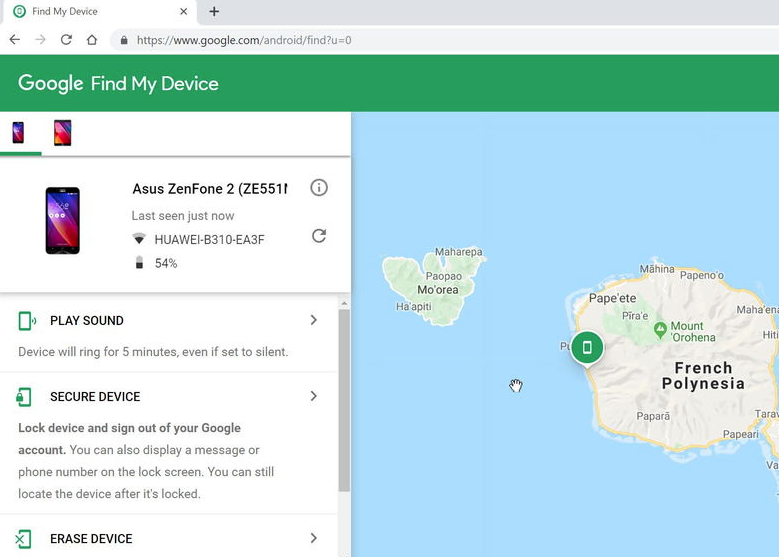In the past five or so years, online payment platforms have fallen upon us like an unexpected monsoon. Promising service inclusion for multiple banking operations, fast pace fund transfer, and transparent monitoring of financial transactions, these apps have made their way in almost every smartphone there is. These apps have truly helped economies made progress and have provided users with more convenient access to multiple banking operations under one platform.

Though there are many merits and demerits of these apps, there is one imminent concern that always pops up in mind. That’s security over online payments. Cyber frauds and hacking attempts are common issues related to online activities. And therefore, there is always a concern of security when you’re entering your financial credentials in some mobile/web application and transferring and managing your hard-earned money through it.
In this piece, we cover what precautions one must adhere to while making transactions over these applications. Since most of these applications are run and governed by private organizations, they may have different terms and conditions of usage and may work differently as well. Here we’ve tried to cover what standard measures you can ensure to maintain online payment activities:
Precautions You Should Take While Using Online Payment Apps
1. Trustworthy Applications

Use only trusted and widely accepted online payment platforms such as PayPal. The latest in line have been Google Pay and Apple Pay apps that allow online payments across multiple accounts. There is a valid reason to do so.
When you create an account on a digital payment platform, they or atleast most of them ask for linking your bank account to the application. It is mostly a necessary process to allow users for direct account-to-account fund transfers. With trusted apps, one can rest assured of the security and encryption of these app servers and can take relief over the safety of their financial credentials.
2. Avoid Access to Third-Party Apps
These apps use phone numbers or emails or QR codes to initiate financial transactions. To ease the process, these apps allow users to integrate their contact lists and camera to directly pull off numbers from the list and enable QR code scans via camera. However, typing in the numbers and associated emails is better than just allowing automatic integration. This way, you can keep other apps on your phone from accessing your transactional details. Typing in is more hectic than an automatic QR code scan, but from security point-of-view, it’s worth it.
3. Don’t Reuse Passcodes or Passwords for Digital Payments

Password reusing is a common mistake everyone makes. It is easier to remember one password, and therefore we tend to use the same passwords even for securing online payments. But, in such a scenario, one successful breach will jeopardize all your accounts, including your financial credentials on your preferred digital payment app. You may also end up losing access to your bank account.
It’s better to use a suitable Password Manager app to help secure multiple passwords. TweakPass is one such app where you can not only secure-vault your passwords fro multiple logins but also generate complex and difficult password combinations to secure your accounts. This way, you can secure online payments over an unbreachable passcode over your digital payment app.
Download TweakPass Here
4. Use Two-factor Authentication
Yes, it is a measure that’s always been said out loud whenever internet security is in the discussion, yet, there are very few of us who adhere to this method. Try using the fingerprint scanner on your phone, or use an in-app password to secure online payments and logins within the digital payment apps. It doesn’t make your online payment security completely hack-proof, but it becomes comparatively challenging to bypass two layers of security for hackers.
5. Enable “Find My Device” and Find My” Services

Find My Device (for Android) and Find My (for Apple) are device controller applications that allow you to remotely disable a device in case it’s stolen or lost. Ensure that you’ve registered for these services, depending on whatever device you use, before downloading any online payment platform.
These apps can be accessed on the web as well, that would remotely erase, deactivate, or lock your device if it’s ever stolen. This way, your payment platform will become inaccessible.
6. Avoid Downloading Any App from Third-Party App Stores
Third-Party app stores contain untrusted apps that may provide potential malware. Such third-party apps can cause severe software damage to your phone, including hacking into your applications. Make sure any app on your phone is downloaded from the official app store provided by the device manufacturer or the OS provider.
7. Keep a Manual Monitoring over your Bank Statement

Keep a check on your transaction history so that you can check if any unauthorized transaction or transfer had been made via your online payment app. It is possible that you won’t be notified of any such transaction; therefore, it’s always better to take a look at those transactional details at regular intervals.
8. Don’t Make Transactions over Public Wi-fi
Public Wi-Fi services aren’t secured by any access password and can be used by anyone on any device in the vicinity of their signal frequency. It’s safe not to use these networks when you’re to make any transaction. It would help you avoid any breach attempt made over that network, thus securing online payments.
9. Avoid NFC Payments

NFC is a newly trending payment method, where you can verify and execute a transaction just by touching your mobile phone on a card machine. You need to open up your payment app and touch your phone over the machine to verify the payment. Apple Pay app has introduced this feature.
Though it is a faster mode of payment, it does not require password authentication to authorize the final payment step, thus, questioning its safety. So, avoid NFC payments whenever you can and go for a more secure online payment option.
10. Beware of Fraudsters
Beware of any call asking for one-time passwords, email IDs, login credentials, and other details of your online payment mode. The fraudsters claim to be the authorized officials working on behalf of app developers and tend to get out useful information to hack into your bank accounts. Ensure that you do not reveal a single piece of that information to any such callers. Such warnings are also released by app developers and bank authorities regularly.
No online payment mode is one-hundred percent hack-proof. However, these necessary precautions would save you from most of the breach attempts and help you secure online payments and the preferred application to a considerably great extent.
Digital payments are the latest trends in online banking, and people across the world have adopted it. But no one is aware of the risks it brings to the security of your financial credentials. It’s time that these concerns are acknowledged and avoided whenever one can.
Give Us Your Feedback:
Tell us if you’ve ever faced any concern regarding digital payments and what measures you think can help in fending these concerns off.
For more technical tweaks, add us to your social feeds on Facebook, YouTube, or Twitter, or subscribe to our newsletter for regular blog updates.







Leave a Reply